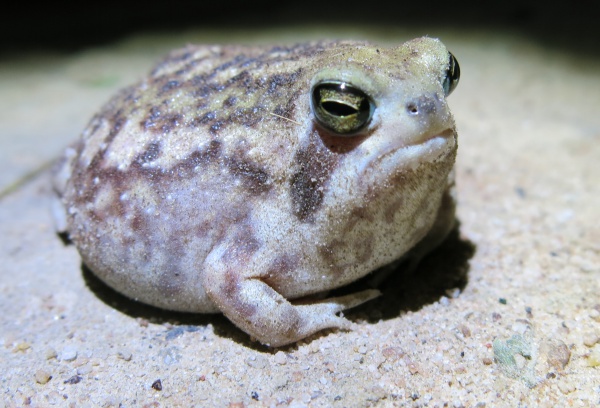Facts About Transvaal Short-headed Frog
The Breviceps adspersus, commonly referred to as the common rain frog or bushveld rain frog, is a captivating species belonging to the Brevicipitidae family. These frogs inhabit regions of Southern Africa, including Angola, Namibia, Botswana, Zambia, Zimbabwe, South Africa, Eswatini, and Mozambique.
Common rain frogs spend the majority of their lives underground, emerging primarily after rainfall to feed and mate, typically during the night. They are easily recognizable by their rotund, almost grumpy appearance. Their bodies display a mix of brown and tan-orange patches, outlined with blue, giving them a distinctive appearance.
Their short, stout limbs are adept at burrowing, and their back feet function like little spades, enabling them to dig as deep as 20 inches underground. When threatened, they have an ingenious defense mechanism—they inflate themselves and wedge tightly into their burrows.
Following rainfall, these frogs can be more readily observed and, on occasion, captured by hand. To avoid capture, they inflate and spread out their limbs. Notably, female rain frogs are larger than their male counterparts. During mating, the female secretes a sticky substance to maintain the pair's union. She then lays eggs that hatch directly into miniature froglets, bypassing the tadpole stage entirely.
These frogs thrive in temperate forests and open grasslands in Southeast Africa, feeding on insects, termites, and caterpillars. Their population is stable, and they are quite common in their natural habitats. Breeding occurs exclusively during the rainy season, making this period critical for their life cycle.

 Zimbabwe
Zimbabwe